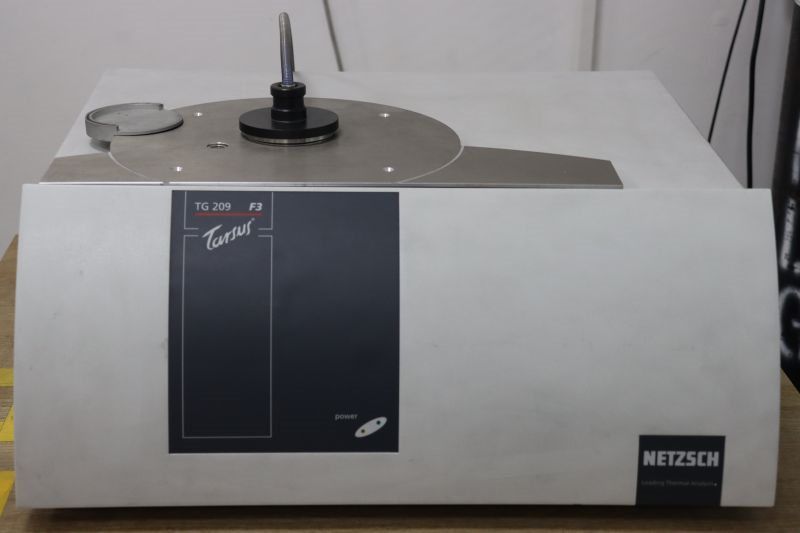




























The experimental background of TGA testing (Thermogravimetric Analysis) stems from the scientific research and industrial needs for the mass change law of substances under programmed temperature control.

| Project Background
The experimental background of TGA testing (Thermogravimetric Analysis) stems from the scientific research and industrial needs for the mass change law of substances under programmed temperature control. Its core value lies in revealing the thermal stability, compositional decomposition behavior, volatile content, and chemical reaction processes of materials, providing crucial data support for material design, process optimization, and quality control.
| Project Overview
Thermogravimetry Analysis (abbreviated as TG or TGA) is to measure the relationship between the mass of a sample and temperature or time under programmed temperature control and a certain atmosphere. The record obtained by TGA is the thermogravimetric curve (TG curve). The curve obtained by taking the first-order derivative of TG curve with respect to temperature or time is the derivative thermogravimetric curve (DTG curve, which is an important supplementary representation of TG signal).
| Test Objective
1. Thermal stability assessment;
2. Quantitative analysis of components;
3. Study of decomposition kinetics.
| Testing Standards
ISO 11358-1 Plastics - Thermogravimetry (TG) of polymers - Part 1: General principles
ASTM E1131 Standard test method for compositional analysis by TGA
GB/T 14837.1 Rubber and rubber products - Determination of the composition of vulcanizates and uncured compounds by thermogravimetry - Part 1: Butadiene, ethylene-propylene copolymer and terpolymer, isobutene-isoprene, isoprene and styrene-butadiene rubbers
| Service Products / Fields
Consumer electronics, automotive electronics, electronics manufacturing, plastics industry, chemical industry, food industry, metal materials and composite materials, etc.
| MTT Advantages
1. Professional Team: A team of highly experienced testing engineers and technical experts.
2. Advanced Equipment: Equipped with internationally leading testing instruments to ensure accuracy and reliability of results. Direct mass measurement, high sensitivity, compatibility with multiple atmospheres, and expansion of hyphenated techniques.
3. Efficient Service: Rapidly respond to customer needs and provide one-stop, high-efficiency inspection services.
4. Authoritative Certification: The laboratory is certified by ISO/IEC 17025, ensuring that test reports have international credibility.